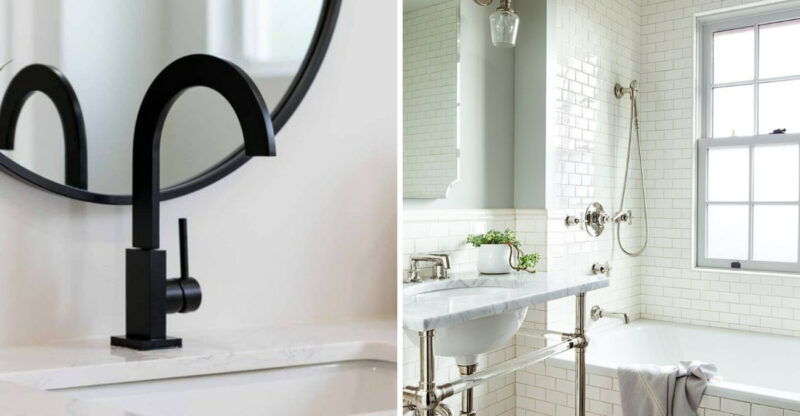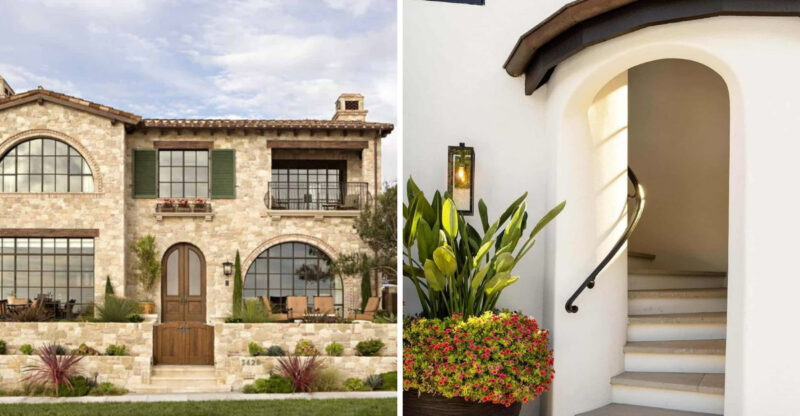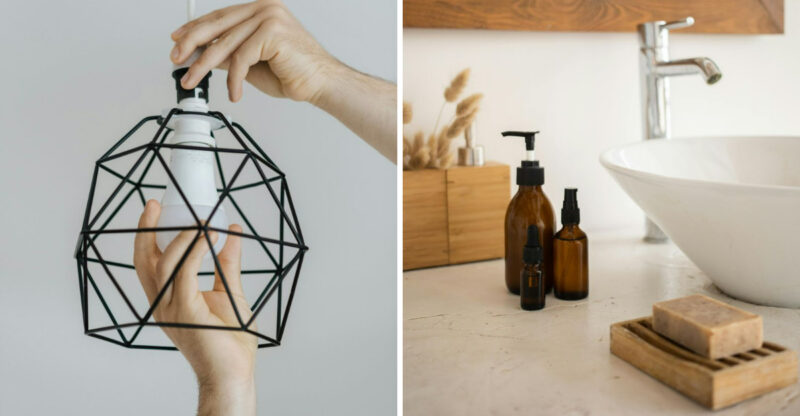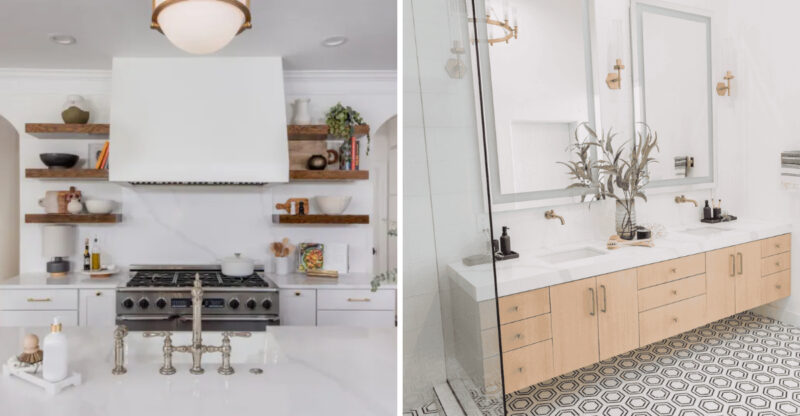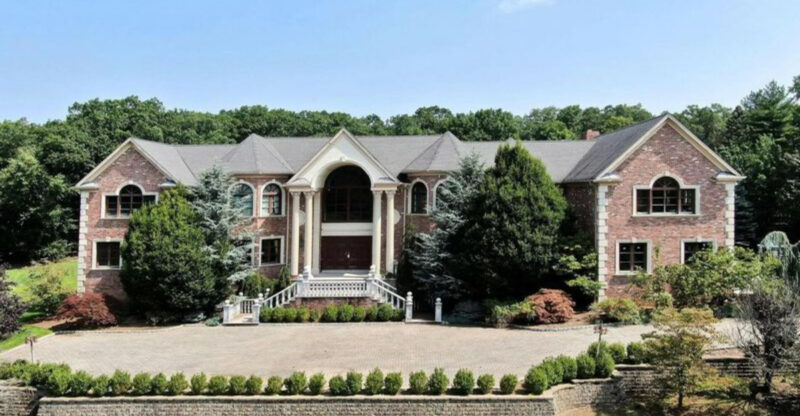14 Home Styles Experts Say Could Take A Value Hit In Colorado By 2026
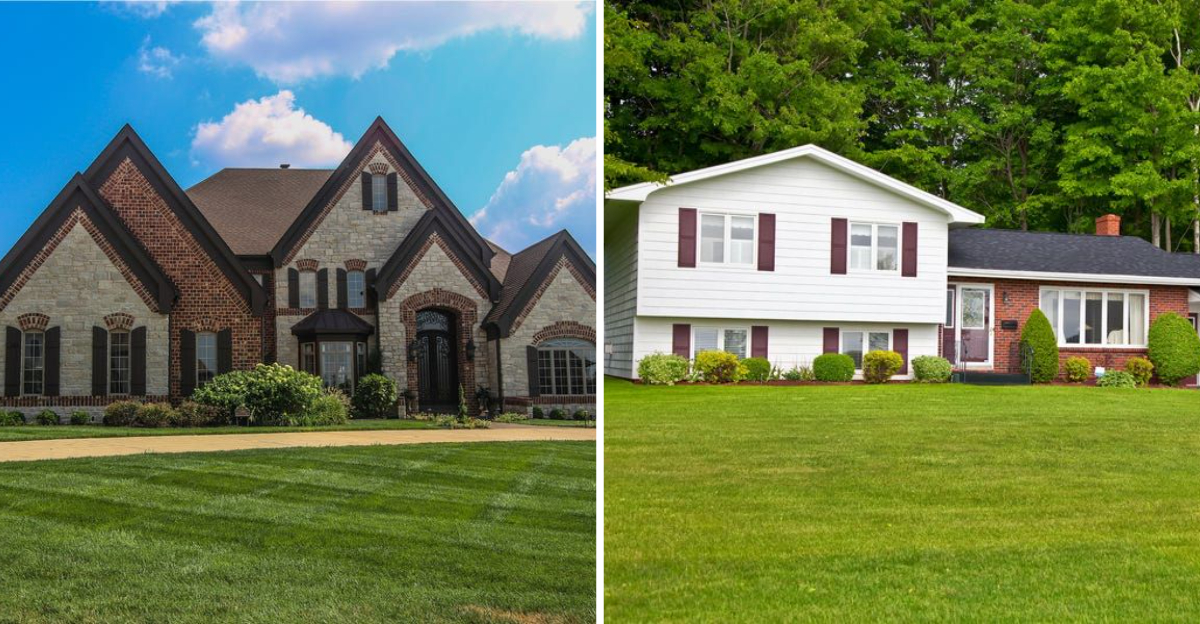
Colorado’s housing market has been booming for years, but change is coming. Experts predict some home styles might lose value by 2026 as buyer preferences shift and economic factors play out.
If you own one of these properties or plan to buy soon, understanding which styles could struggle will help you make smarter decisions about your investment.
1. Dated Southwestern Adobe Styles
Those tan stucco homes with rounded edges and terracotta roofs were everywhere in the 1980s and 1990s. While they once represented trendy desert charm, many Colorado buyers now see them as outdated relics.
Modern homebuyers prefer clean lines and contemporary mountain aesthetics that match Colorado’s natural landscape better. The heavy Southwestern theme feels transplanted rather than authentic to the region. Updating these homes requires major exterior work that many sellers cannot justify financially.
You might think a fresh coat of paint helps, but the distinctive architectural features remain obvious underneath. Resale values could drop as inventory increases with aging homeowners downsizing from these properties.
2. Homes with Excessive Carpeting
Wall-to-wall carpeting throughout entire homes is becoming a major turnoff for buyers in 2024 and beyond. People want hardwood, tile, or luxury vinyl that looks clean and modern instead.
Carpets trap allergens, pet dander, and odors that many health-conscious Coloradans actively avoid. Replacing carpeting throughout a home costs thousands, and buyers factor that expense into their offers. I’ve noticed listings with extensive carpeting sitting longer on the market compared to homes with hard surface flooring.
Even high-quality carpet feels outdated now except in bedrooms. Colorado’s outdoor lifestyle means dirt and moisture tracked inside, making carpet impractical. Homes heavily carpeted will likely see lower appraisals as this preference intensifies.
3. Homes with Popcorn Ceilings
Popcorn ceilings scream outdated faster than almost any other feature in homes today. Originally added for soundproofing and hiding imperfections, they now just collect dust and make spaces feel older.
Removing popcorn texture is messy, time-consuming work that buyers do not want to tackle themselves. Some popcorn ceilings installed before the 1980s contain asbestos, requiring professional abatement that costs serious money. I always recommend testing before removal to avoid health hazards and legal issues.
Smooth ceilings create a cleaner, more contemporary look that helps homes show better. Listings with popcorn ceilings often receive lowball offers because buyers assume other updates were neglected too. Scraping those ceilings before selling could preserve your home value significantly.
4. Suburban Cookie-Cutter Tract Homes
Identical homes lined up in massive subdivisions lack the character buyers crave in Colorado’s competitive market. When every house looks the same, nothing stands out or feels special to potential buyers.
These developments often skimp on unique features, quality materials, and thoughtful design details. Homeowners struggle to differentiate their property from neighbors when selling, leading to price competition within the same neighborhood. Limited lot sizes and zero customization options make these homes feel generic and disposable.
Colorado attracts people seeking mountain lifestyle and individuality, not suburban sameness. As remote work enables location flexibility, buyers can choose homes with personality in smaller mountain towns instead. Your tract home might sit longer and sell for less as preferences shift away from cookie-cutter communities.
5. Homes with Formal Dining Rooms
Formal dining rooms sit empty in most homes except during major holidays, wasting valuable square footage. Buyers today prefer open concepts where dining areas flow into kitchens and living spaces.
Younger generations especially value flexible spaces for home offices, playrooms, or hobby areas over stuffy formal rooms. The closed-off dining room feels isolating during gatherings when everyone naturally congregates in the kitchen anyway. Walls separating these spaces make homes feel smaller and darker than open layouts.
How often do you actually use a formal dining room compared to a kitchen island? Probably rarely, and buyers think the same way. Homes designed with separate formal dining rooms may appraise lower as this feature becomes increasingly irrelevant to modern lifestyles and entertaining preferences.
6. Homes with Sunken Living Rooms
Sunken living rooms seemed luxurious and sophisticated when they first appeared, but now they are tripping hazards and design headaches. Those few steps down interrupt flow and create awkward transitions between spaces.
Safety concerns especially worry families with young children or elderly relatives who visit regularly. Furniture arrangement becomes challenging with the level change, and the sunken area often feels disconnected from the rest of the home. Filling in a sunken room requires significant structural work that most homeowners cannot afford before selling.
I have seen buyers immediately reject homes during showings because of sunken living rooms. The feature photographs strangely in listings and raises red flags about other dated design choices throughout the property. Expect lower offers if your home includes this 1970s relic.
7. Homes with Laminate Countertops
Laminate countertops instantly date a kitchen and signal deferred maintenance to potential buyers. While they were budget-friendly options decades ago, today’s market expects quartz, granite, or solid surface materials.
Scratches, burns, and peeling edges on laminate surfaces look cheap and worn in listing photos. Buyers mentally calculate replacement costs when they see laminate, reducing what they will offer for your home. Even high-end laminate cannot compete with the quality appearance of stone countertops now standard in most renovations.
Colorado’s strong housing market means buyers have choices, so they will skip homes with obvious cheap finishes. Upgrading countertops before selling delivers strong return on investment. It is one of the first things I notice when touring properties as a potential value concern.
8. Homes with Attached Garages Converted to Living Space
Converting garages into living space might add square footage, but it often hurts home value instead of helping. Colorado buyers prioritize garage parking and storage for outdoor gear, bikes, and vehicles year-round.
Unpermitted conversions create legal and insurance headaches that scare away informed buyers and their lenders. Even permitted conversions reduce functionality that Colorado lifestyles demand, especially in snowy areas where covered parking matters. Heating and cooling converted garages efficiently is difficult because they were not designed as living spaces originally.
Where will buyers park when your home lacks adequate garage space? That question immediately reduces your property’s appeal compared to similar homes with proper garages intact. Reconverting the space back costs money, so expect lower offers reflecting that expense and inconvenience.
9. Homes with Dark Wood Paneling
Dark wood paneling makes rooms feel like caves instead of bright, welcoming spaces buyers want. This 1970s feature absorbs light and creates a heavy, dated atmosphere that turns off modern buyers immediately.
Removing paneling reveals walls that often need significant repair before painting, adding to renovation costs and hassle. Buyers see paneling and assume the entire home needs updating, which tanks perceived value even if other areas are fine. I recommend painting over paneling in lighter colors as a quick fix, though removal is better long-term.
Natural light is precious in Colorado, and dark paneling wastes it completely. Homes featuring this outdated element will sit longer on the market and attract lower offers. Brightening those spaces before listing could mean thousands more in your pocket at closing.
10. Homes with Single-Pane Windows
Single-pane windows are energy nightmares in Colorado’s extreme temperature swings between seasons. Heat escapes rapidly in winter and invades during summer, driving utility bills sky-high for homeowners.
Buyers today understand energy efficiency matters for both environmental and financial reasons. Replacing all windows in a home costs tens of thousands of dollars, which buyers will deduct from their offers or request as credits. Condensation, drafts, and outside noise penetration make single-pane windows particularly problematic in urban areas.
Are your windows original to a home built before 1990? Then you probably have single-pane glass hurting your resale value right now. Appraisers note window quality, and lenders may require upgrades for financing approval on older homes with this deficiency.
11. Homes with Tiny Closets
Closet space ranks among the top priorities for homebuyers, yet older homes often feature tiny, inadequate storage. Modern lifestyles require room for clothing, shoes, gear, and belongings that small closets cannot accommodate.
Master bedrooms with closets barely bigger than reach-in pantries frustrate buyers expecting walk-in storage. Adding closet space requires stealing square footage from bedrooms or other areas, which is not always feasible or affordable. I have watched buyers eliminate homes from consideration solely because closets were too small for their needs.
Colorado’s active lifestyle means extra gear storage for skiing, hiking, camping, and biking equipment. Homes lacking adequate closet and storage space will struggle to compete against properties offering better organization options. Your home value takes a hit when storage does not meet current buyer expectations and standards.
12. Homes with Outdated Brass Fixtures
Shiny brass fixtures throughout bathrooms and kitchens instantly date a home to the 1980s and 1990s. While brass has made some comeback in brushed finishes, the shiny yellow-gold version remains firmly out of style.
Replacing fixtures is relatively inexpensive but requires time and effort buyers would rather avoid. Homes with brass everywhere signal that no updates have happened in decades, making buyers suspicious about hidden maintenance issues. Modern finishes like brushed nickel, matte black, or chrome look cleaner and more contemporary in photos and showings.
It is amazing how much updated hardware and fixtures improve a home’s overall impression. Small details matter when buyers compare similar properties in your price range. Leaving outdated brass in place could cost you thousands in final sale price because it screams neglect and old-fashioned taste.
13. Split-Level Ranch Houses
Split-levels were practical family homes decades ago, but their choppy layouts frustrate today’s buyers. Going up and down short staircases between every room feels inconvenient compared to open floor plans.
These homes also present accessibility challenges for aging populations and people with mobility issues. The segmented spaces make entertaining difficult since you cannot see between living areas easily. Renovating split-levels to create flow requires removing load-bearing walls, which gets expensive quickly.
Colorado buyers increasingly want single-level living or clear two-story designs instead of the awkward in-between. Did you know split-levels also photograph poorly for online listings? That visual disadvantage means fewer showings and potentially lower offers when you decide to sell.
14. McMansions with Poor Craftsmanship
Oversized homes built quickly during the early 2000s boom are losing their appeal fast. These properties often feature cheap materials hidden behind fancy facades, and buyers today can spot the difference.
When maintenance costs pile up from failing systems and low-quality finishes, homeowners face expensive repairs. The market now favors quality over sheer square footage, especially among younger buyers who value authenticity.
Colorado’s shift toward sustainable living makes these energy-guzzling giants even less attractive. Heating and cooling costs in these poorly insulated homes can run thousands yearly. If your home fits this description, consider targeted upgrades to improve efficiency and craftsmanship before listing.

